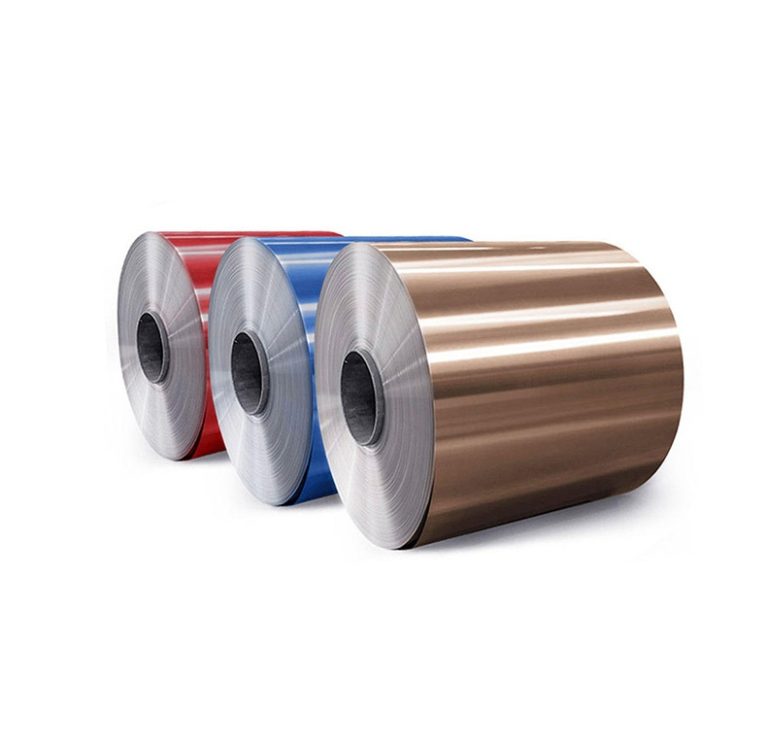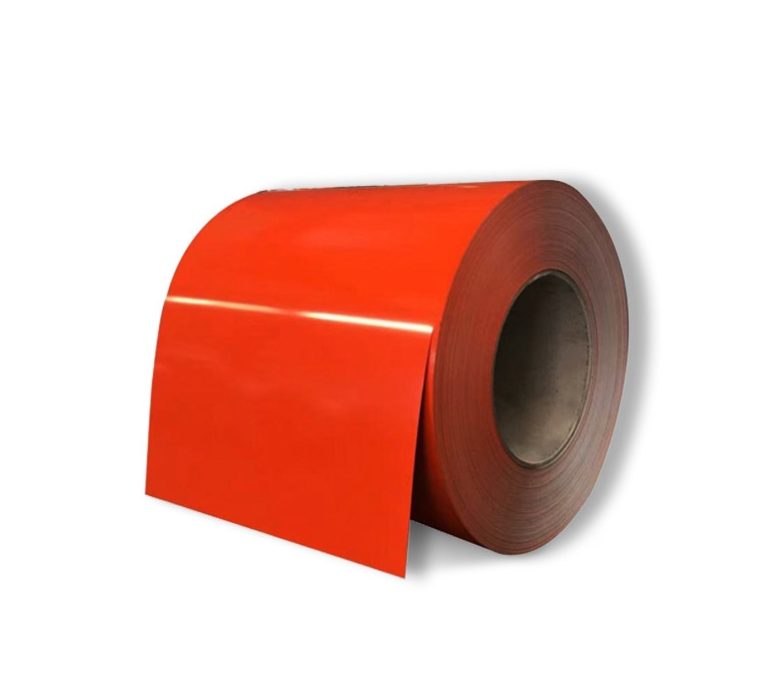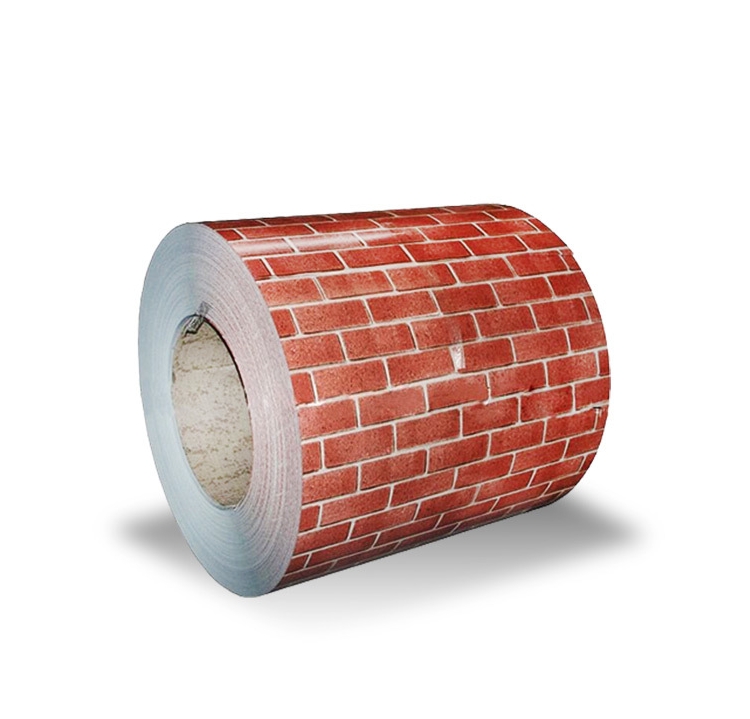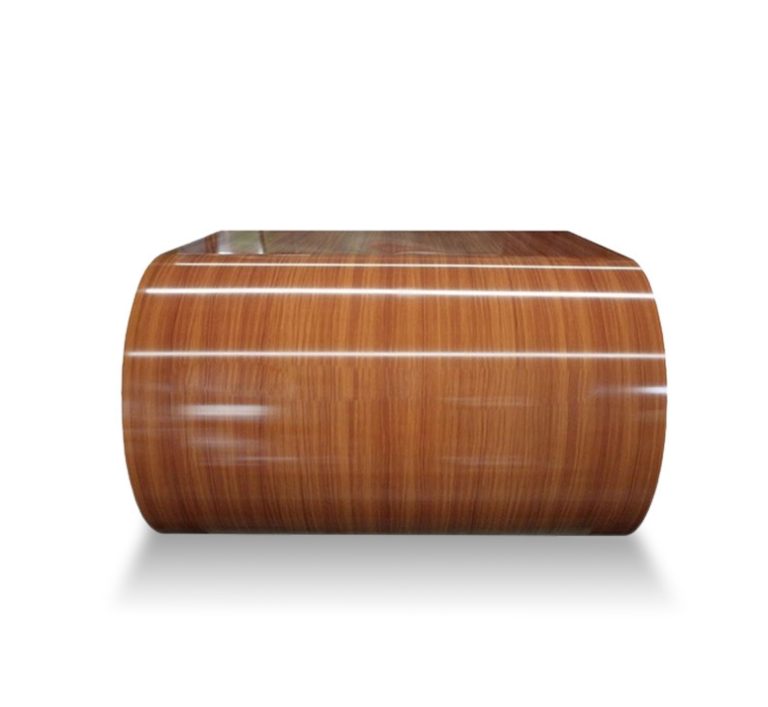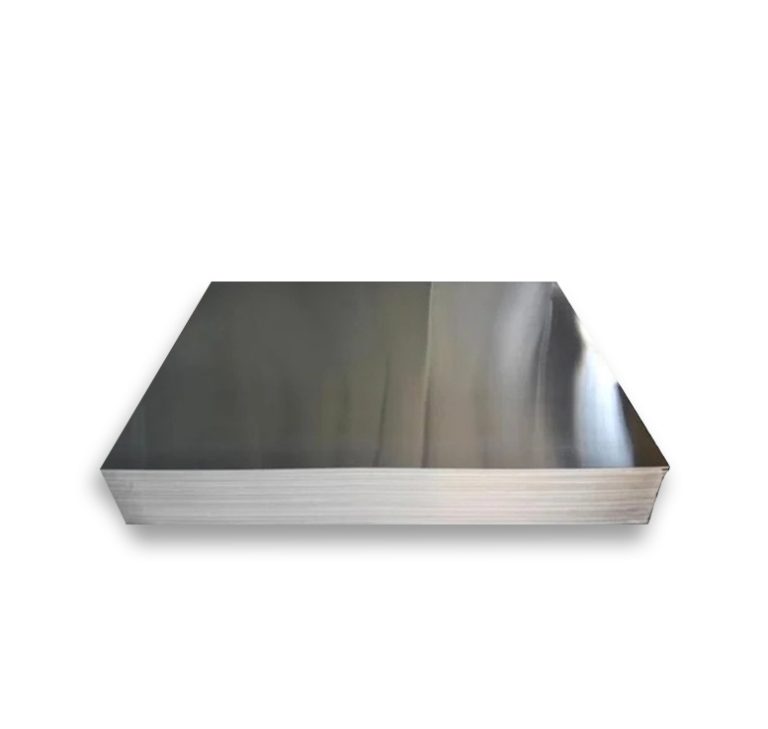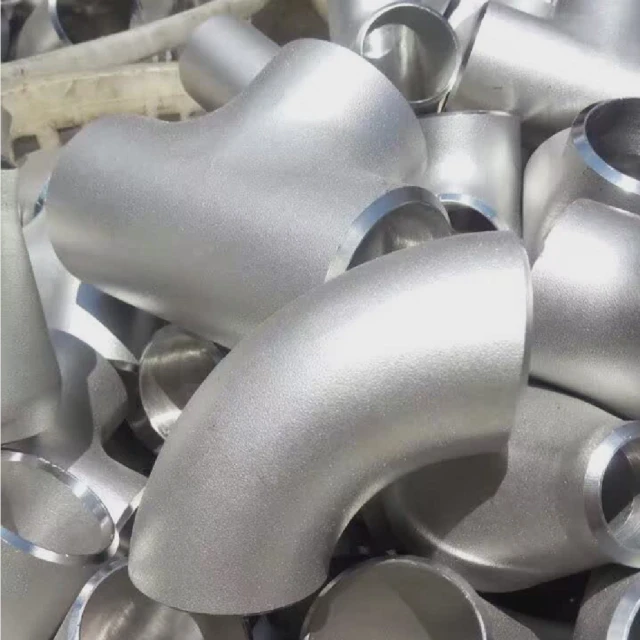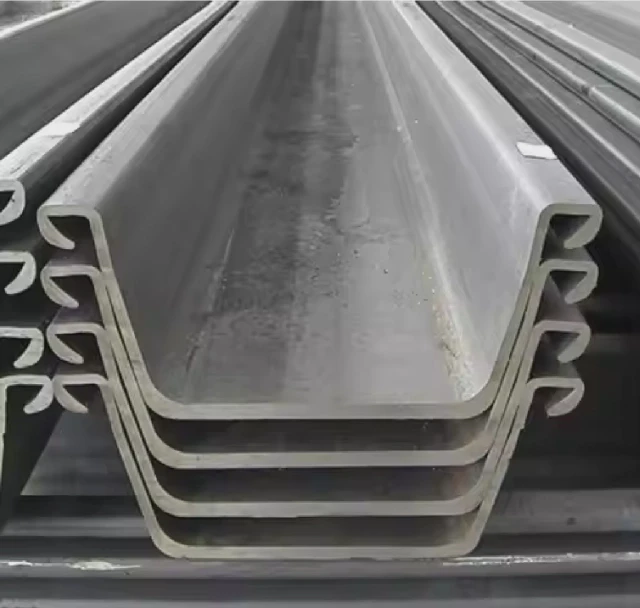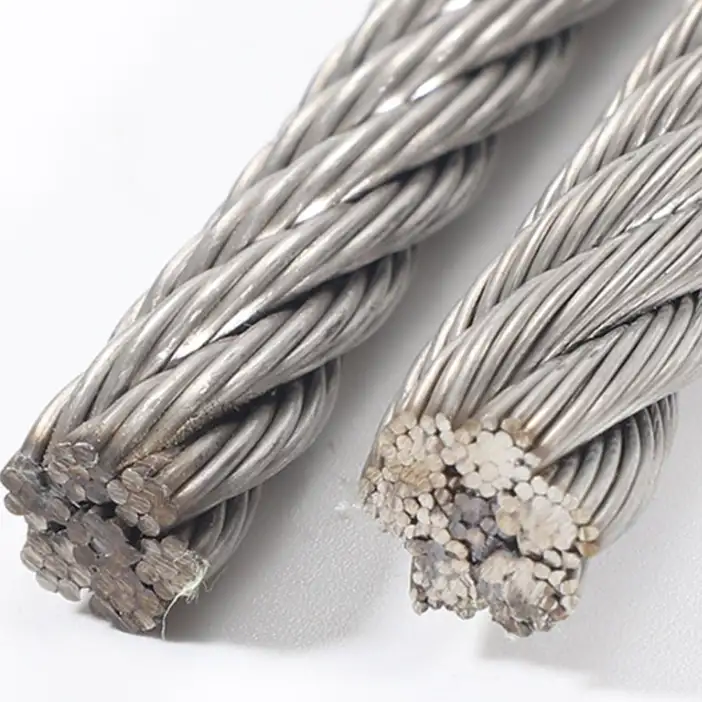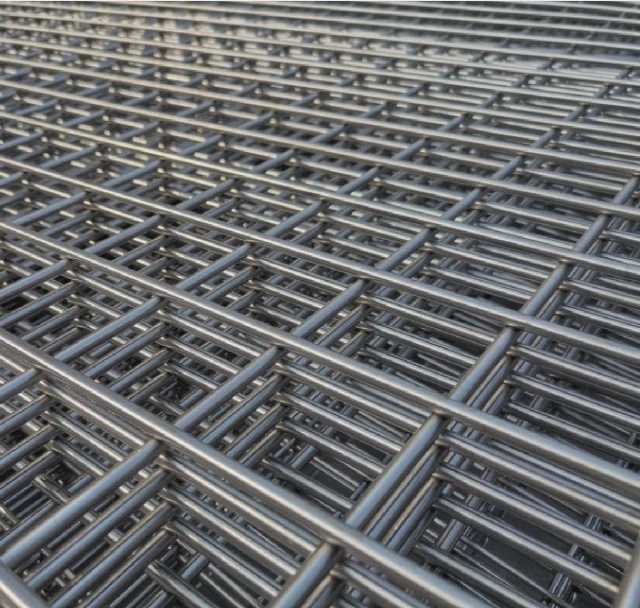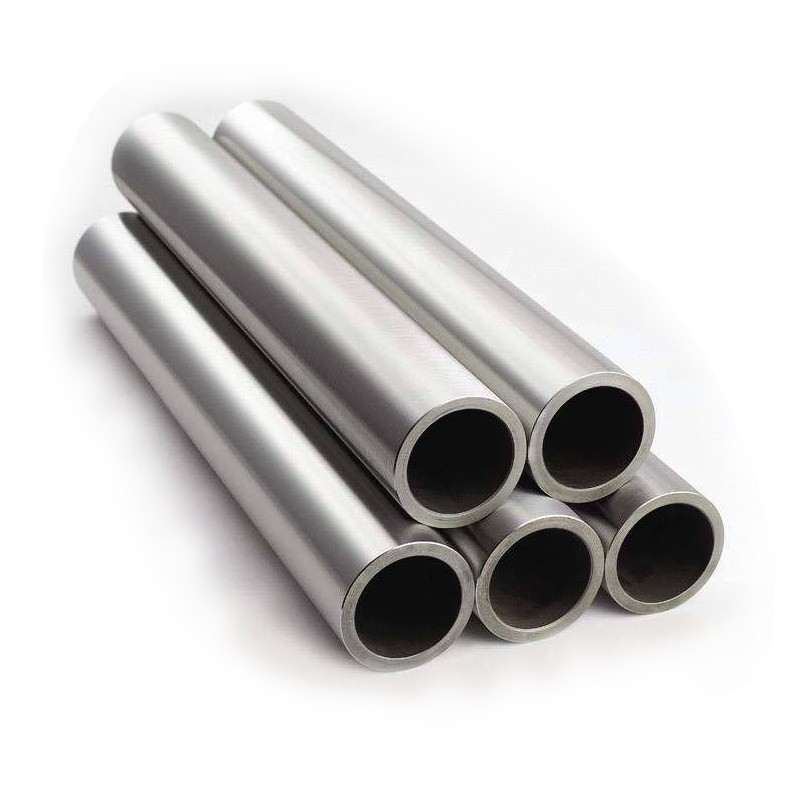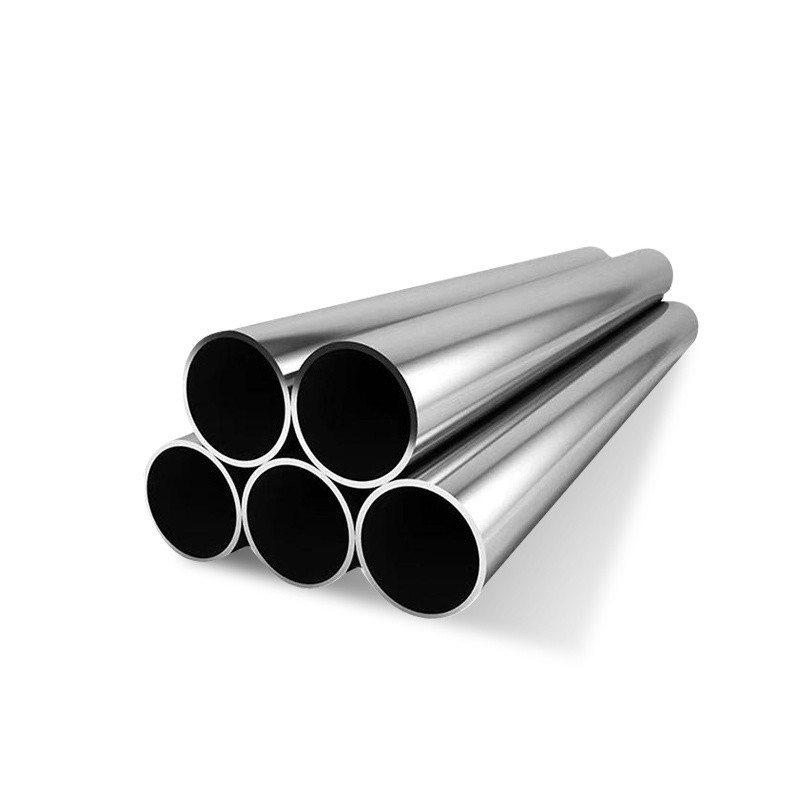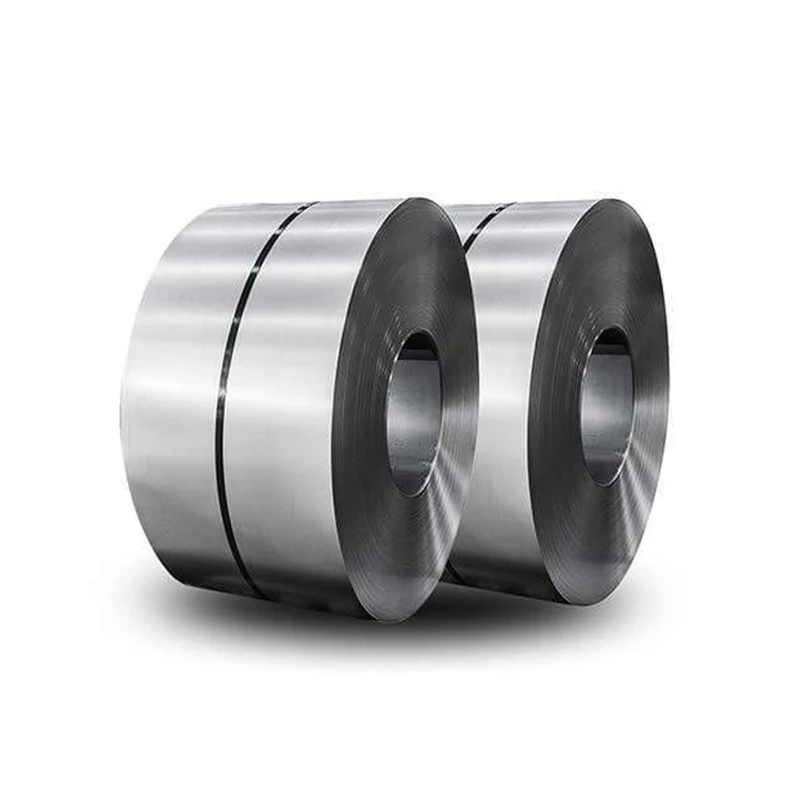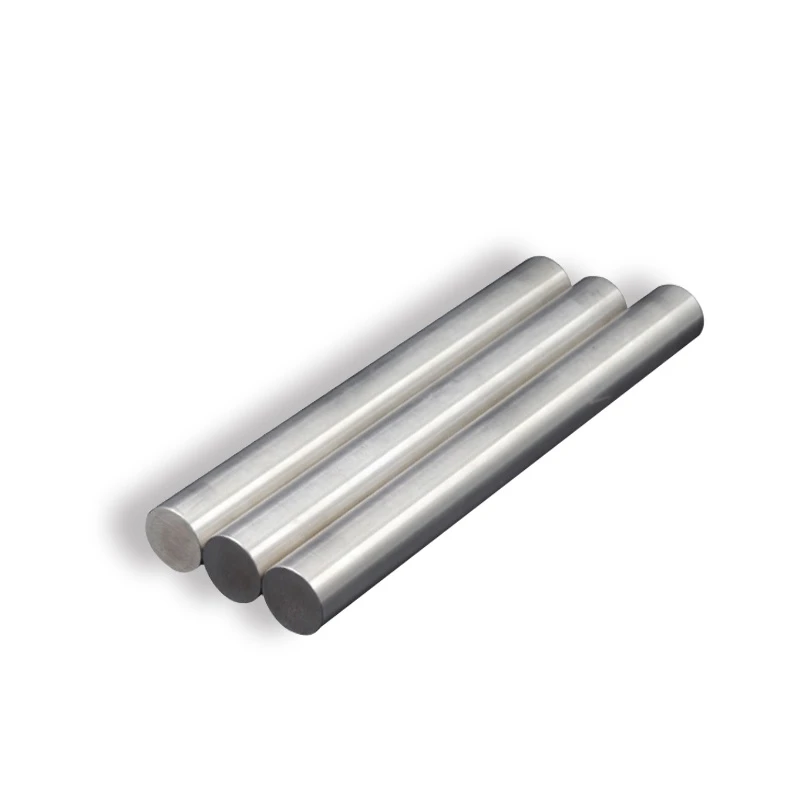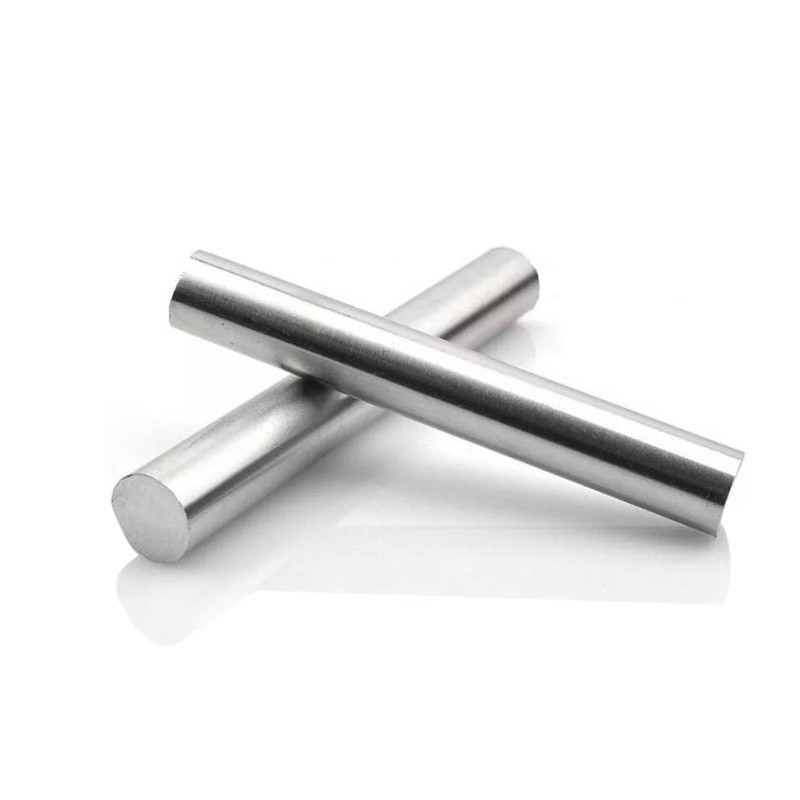
CATEGORIES
FEATURED PRODUCTS
316 Stainless Steel Flange
We offer this product and related grades with 100% factory direct pricing and free quotes available within 24 hours.
APPLICATION SCENARIOS
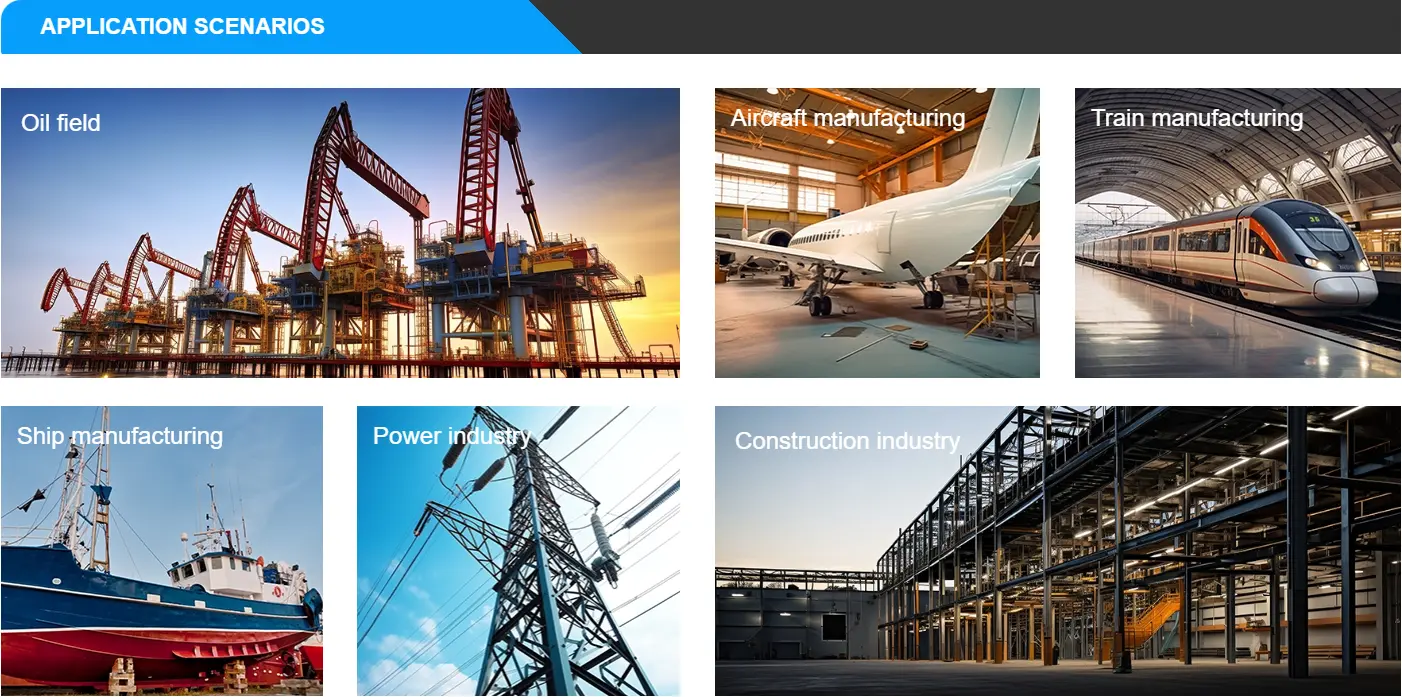
OUR ADVANTAGE

Certificate of Honor
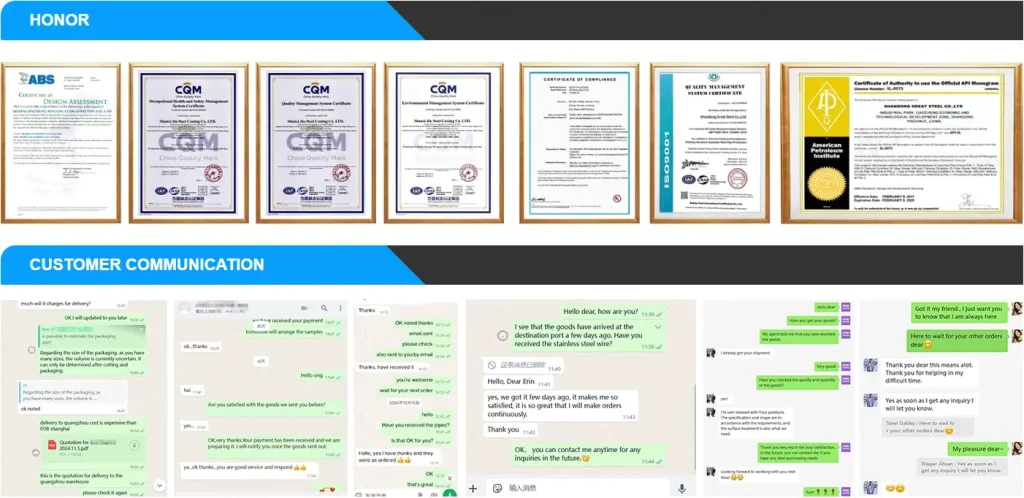
PARTNER

Our Factory
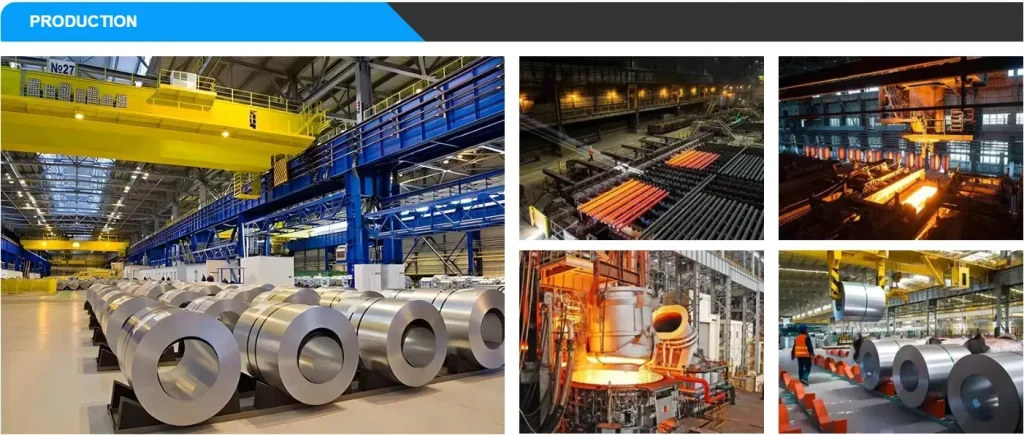
When we specify components for critical piping systems, few choices offer the robust combination of corrosion resistance, strength, and weldability found in 316 stainless steel flanges. From my long tenure in the industry, I can confidently state that for demanding applications involving corrosive media, high temperatures, or marine environments, the 316 stainless steel flange is not just a good option—it's often the essential choice. Its superior performance over other stainless steel grades, particularly 304, lies in its molybdenum content, which provides enhanced resistance to pitting and crevice corrosion. We'll delve into the specifics of its composition, common types, specifications, global pricing trends, and why, at Luokaiwei, we are committed to delivering this high-quality product directly from our factory with full customization support.
What Makes 316 Stainless Steel Flanges So Indispensable?
At its heart, a flange serves as a connecting device, allowing pipes, valves, pumps, and other equipment to be easily assembled and disassembled within a piping system. What makes 316 stainless steel the material of choice for these critical connections in harsh environments? It all comes down to its unique metallurgical composition.
Type 316 stainless steel is an austenitic chromium-nickel stainless steel, but its defining characteristic is the addition of molybdenum. This alloying element significantly enhances its resistance to corrosion, especially against chlorides and other halogen compounds. This means it performs exceptionally well in:
- Marine applications: Resisting saltwater corrosion.
- Chemical processing plants: Handling various acids, alkalis, and chlorides.
- Pharmaceutical production: Requiring high levels of cleanliness and corrosion resistance.
- Food and beverage processing: Where hygiene and resistance to acidic foods are crucial.
- Medical devices: For its biocompatibility and resistance to sterilization agents.
From our engineering perspective at Luokaiwei, 316 stainless steel also offers excellent formability and weldability, which are vital for fabricating reliable flanges that can withstand the stresses of operational environments.
Understanding the Specifications: Chemical Composition, Mechanical Properties, and Common Grades
To truly appreciate why 316 stainless steel flanges are a premium product, we need to look at the numbers.
Chemical Composition of 316 Stainless Steel
The presence of molybdenum is key, setting 316 apart from 304. Here’s a typical chemical breakdown (percentages by weight, as per ASTM A240):
| Element | Weight (%) |
| Chromium (Cr) | 16.00-18.00 |
| Nickel (Ni) | 10.00-14.00 |
| Molybdenum (Mo) | 2.00-3.00 |
| Carbon (C) | Max 0.08 |
| Manganese (Mn) | Max 2.00 |
| Silicon (Si) | Max 1.00 |
| Phosphorus (P) | Max 0.045 |
| Sulfur (S) | Max 0.030 |
| Nitrogen (N) | Max 0.10 |
| Iron (Fe) | Balance |
Note: For 316L (low carbon) stainless steel, the carbon content is typically kept below 0.03%, which further reduces carbide precipitation during welding, enhancing corrosion resistance in welded structures.
Mechanical Properties of 316 Stainless Steel (Typical Annealed Condition)
These properties ensure the flange can withstand operational pressures and temperatures.
| Property | Metric Values | Imperial Values |
| Tensile Strength | 515 MPa (min) | 75,000 psi (min) |
| Yield Strength (0.2% offset) | 205 MPa (min) | 30,000 psi (min) |
| Elongation (in 50mm) | 40% (min) | 40% (min) |
| Hardness (Brinell) | 217 HB (max) | 217 HB (max) |
| Hardness (Rockwell B) | 95 HRB (max) | 95 HRB (max) |
These are typical minimum values; actual values may vary slightly based on specific manufacturing processes and heat treatment.
Other Relevant Stainless Steel Grades: A Comparison
While 316 is a star, it’s beneficial to know how it compares to its close relatives:
- 304 Stainless Steel: The most common austenitic stainless steel, 304 lacks molybdenum. It offers good general corrosion resistance but is more susceptible to pitting in chloride environments. It's suitable for less demanding applications and is generally more economical.
- 316L Stainless Steel: This is a low-carbon version of 316. The "L" stands for low carbon. The reduced carbon content minimizes harmful carbide precipitation during welding, which can lead to intergranular corrosion. For heavily welded applications or very corrosive environments, 316L is often preferred. Its mechanical properties are similar to 316, but its corrosion resistance after welding is superior.
- 317L Stainless Steel: This grade contains a higher percentage of molybdenum (3-4%) and often nickel, offering even greater resistance to pitting and crevice corrosion than 316L, particularly in highly aggressive acidic or chloride-rich environments.
- Duplex Stainless Steels (e.g., 2205): These steels combine austenitic and ferritic microstructures, offering a superior combination of strength and corrosion resistance (especially stress corrosion cracking) compared to standard austenitic grades like 316. They are generally more expensive and might be used in extremely demanding oil & gas or chemical applications.
When clients consult us, we always discuss their specific operational environment to ensure they choose the right grade. The added cost of 316 or 316L is a small price to pay for preventing catastrophic failures in corrosive service.
Common Types of 316 Stainless Steel Flanges
Flanges come in various designs, each suited for specific applications and pressure ratings. At Luokaiwei, we produce a full range of these types:
- Weld Neck Flanges: Characterized by a long tapered hub that is welded to the pipe. This provides excellent stress distribution and is preferred for high-pressure, high-temperature, or volatile fluid applications.
- Slip-On Flanges: These flanges slip over the pipe and are then welded (fillet weld) both inside and outside. They are easier to align than weld necks and are suitable for lower-pressure applications.
- Blind Flanges: Used to close off the end of a piping system or a valve opening. They can be easily unbolted to allow access to the pipe.
- Socket Weld Flanges: Similar to Slip-On, but the pipe is inserted into a socket and then fillet welded. They offer high internal pressure resistance and are suitable for smaller pipe sizes.
- Threaded Flanges (Screwed Flanges): These have threads inside the bore to match pipe threads. No welding is required, making them suitable for low-pressure, non-critical applications, or where welding is impractical.
- Lap Joint Flanges: Used with stub end fittings, these flanges are free to rotate around the pipe. This makes alignment easy and is common in systems requiring frequent dismantling or for applications with large, heavy piping.
- Orifice Flanges: Designed to measure the flow rate of liquids or gases. They incorporate pressure taps for flow metering devices.
Each type has its own set of standards governing dimensions and pressure ratings, ensuring interchangeability and safe operation.
Dimensional and Weight Parameters: A Practical Overview (ASME B16.5)
The dimensions and weights of flanges are standardized to ensure interchangeability and proper fit within piping systems. One of the most common standards globally for pipe flanges and flanged fittings is ASME B16.5. This standard covers dimensions from NPS 1/2 through NPS 24, including pressure classes from Class 150 to Class 2500.
Let’s look at a typical example. Below is a simplified excerpt for a 2-inch NPS 316 Stainless Steel Weld Neck Flange (Class 150 & Class 300). Keep in mind that for a full range of sizes and classes, reference the ASME B16.5 standard directly.
Typical 316 SS Weld Neck Flange Dimensions (ASME B16.5)
| NPS (inches) | Pressure Class | Outside Diameter (D) (mm) | Bolt Circle Dia. (C) (mm) | Number of Bolts | Bolt Hole Dia. (d) (mm) | Thickness (T) (mm) | Approximate Weight (kg) |
| 2 | 150 | 152 | 121 | 4 | 19 | 19.1 | 2.0 - 2.5 |
| 2 | 300 | 165 | 130 | 8 | 19 | 27.2 | 3.5 - 4.0 |
| 4 | 150 | 229 | 190 | 8 | 19 | 23.9 | 5.5 - 6.5 |
| 4 | 300 | 254 | 200 | 8 | 22 | 35.1 | 10.0 - 11.5 |
| 6 | 150 | 279 | 241 | 8 | 22 | 27.2 | 9.5 - 11.0 |
| 6 | 300 | 318 | 270 | 12 | 22 | 41.1 | 19.0 - 21.0 |
Values are approximate and for illustrative purposes only. Always refer to certified drawings and the ASME B16.5 standard for precise dimensions.
Global Price Overview for 316 Stainless Steel Flanges
The price of 316 stainless steel flanges is influenced by the global price of nickel and molybdenum, steel scrap, energy costs, manufacturing complexity, and supply chain dynamics. Given these variables, providing exact real-time prices is difficult, but I can offer a representative global price range as of mid-2025 for standard Class 150 or Class 300 316 SS Weld Neck Flanges, purchased in moderate quantities (e.g., 50-100 pieces). Prices are per piece and do not include shipping, duties, or taxes.
| Flange Size (NPS) | Price Range (USD per piece) - North America | Price Range (USD per piece) - Europe | Price Range (USD per piece) - Asia (e.g., China) |
| 1/2 inch | $15 - $35 | $12 - $30 | $8 - $20 |
| 1 inch | $20 - $45 | $18 - $40 | $12 - $28 |
| 2 inch | $40 - $80 | $35 - $70 | $25 - $55 |
| 4 inch | $100 - $200 | $90 - $180 | $60 - $130 |
| 6 inch | $180 - $350 | $160 - $300 | $110 - $220 |
| 8 inch | $280 - $550 | $250 - $500 | $180 - $380 |
| 10 inch | $400 - $800 | $360 - $700 | $250 - $550 |
| 12 inch | $550 - $1100+ | $500 - $1000+ | $350 - $750+ |
Note: Prices increase significantly for higher pressure classes (e.g., Class 600, 900, 1500, 2500) and for specialized types or custom dimensions. Bulk purchasing from manufacturers often allows for lower per-piece costs.
Why Choose Luokaiwei for Your 316 Stainless Steel Flanges?
At Luokaiwei, we are more than just a supplier; we are a dedicated partner in your project's success. When it comes to 316 stainless steel flanges, we bring several distinct advantages to the table that resonate with clients globally:
- 100% Factory Price: We operate directly from our manufacturing facilities. This means you eliminate middlemen markups, receiving the most competitive pricing directly from the source. This is a significant advantage, especially for large-scale projects.
- Uncompromising Quality: We adhere strictly to international standards such as ASME B16.5, ASTM A182 (forged or rolled alloy and stainless steel pipe flanges), and EN 1092-1 (flanges and their joints). Our manufacturing processes are rigorously controlled, from raw material sourcing to final inspection, ensuring every flange meets precise dimensional and metallurgical specifications. We provide comprehensive Mill Test Certificates (MTCs) for complete traceability and peace of mind.
- Customization Services: We understand that every project has unique requirements. Whether you need non-standard dimensions, specific pressure ratings, special finishes, or particular marking, our engineering and production teams are equipped to provide tailored solutions. Our flexibility in customization sets us apart.
- Extensive Inventory & Rapid Delivery: We maintain a substantial stock of popular 316 stainless steel flange sizes and types. This allows us to offer significantly faster delivery times compared to many competitors, especially for standard items. For urgent projects, this can be a game-changer.
- Global Logistics Expertise: With years of experience in international trade, we have established efficient logistics channels. We can handle everything from factory gate to your designated port or even directly to your project site, simplifying the procurement process for our international clients.
- Expert Technical Support: Our team of metal materials specialists is always ready to provide technical guidance, help with material selection, and address any specific challenges your project might face. We're not just selling products; we're offering solutions.
Success Story: Luokaiwei's Rapid Delivery in Oman for a Critical Project
I recall a recent project that perfectly illustrates our capabilities. A major oil and gas contractor in Oman faced a critical situation. They needed a specific quantity of 316L stainless steel weld neck flanges (NPS 8, Class 600, ASME B16.5) for an urgent pipeline repair. Their regular supplier had a lead time of 10-12 weeks, which was unacceptable given the project's tight deadline. Downtime was costing them millions.
They reached out to us at Luokaiwei, explaining their predicament. Our team immediately sprang into action.
- Inventory Check: We confirmed we had the exact specifications of 316L flanges in our ready stock. Our robust inventory management system allowed us to locate and earmark the precise items within hours.
- Quality Verification: We provided them with digital copies of the Mill Test Certificates for the batch, confirming adherence to ASTM A182 F316L, ASME B16.5 dimensions, and full traceability.
- Factory-Direct Pricing: Because they were buying directly from our factory stock, we were able to offer them a highly competitive price, significantly lower than what they would have paid through local distributors for a rush order.
- Expedited Logistics: Our logistics department worked tirelessly, coordinating with freight forwarders. Within three days of the confirmed order, the flanges were packed, documented, and loaded onto an air freight carrier bound for Muscat, Oman. This incredible speed was possible because we control the entire supply chain from manufacturing to dispatch.
Outcome: The flanges arrived in Oman well ahead of the contractor's revised schedule. The high quality of our 316L flanges ensured a seamless repair and immediate system restart, minimizing costly downtime. The client was immensely satisfied, not only with the speed of delivery and the superior quality but also with the significant cost savings they achieved by buying directly from Luokaiwei. This project stands as a testament to our commitment to efficiency, quality, and factory-direct value for our global partners.
Frequently Asked Questions (FAQs) About 316 Stainless Steel Flanges
1. What is the difference between 316 and 316L stainless steel flanges?
The "L" in 316L stands for "low carbon." 316L has a maximum carbon content of 0.03%, compared to 0.08% for standard 316. This lower carbon content in 316L reduces the risk of sensitization (carbide precipitation) during welding, which can lead to intergranular corrosion in the heat-affected zone. For heavily welded assemblies or applications in highly corrosive environments, 316L is generally preferred for its enhanced weldability and post-weld corrosion resistance.
2. How are 316 stainless steel flanges manufactured?
Most 316 stainless steel flanges are manufactured through a forging process. This involves heating the stainless steel raw material (billet or bar) and then shaping it under immense pressure using dies. Forging creates a strong, non-porous microstructure that enhances the flange's mechanical properties and resistance to pressure. After forging, the flanges undergo machining to achieve precise dimensions and surface finishes, followed by heat treatment (annealing) to optimize their metallurgical structure.
3. What standards should a reputable 316 SS flange supplier adhere to?
A reputable supplier, like Luokaiwei, should adhere to international standards such as ASME B16.5 (for dimensions and pressure ratings of pipe flanges and flanged fittings), ASTM A182 (for forged or rolled alloy and stainless steel pipe flanges, fittings, and valves and parts for high-temperature service), and possibly EN 1092-1 (for European markets). They should be able to provide Mill Test Certificates (MTCs) confirming adherence to these standards.
4. Can 316 stainless steel flanges be used in high-temperature applications?
Yes, 316 stainless steel flanges exhibit excellent strength and corrosion resistance at elevated temperatures. Their maximum service temperature is generally up to 870°C (1598°F) for intermittent service and 925°C (1697°F) for continuous service. However, for specific high-temperature applications, engineers must consider pressure ratings, potential creep, and specific corrosive media, and may opt for higher pressure classes or even specialized alloys if conditions are extreme.
5. How do I ensure I'm getting genuine 316 stainless steel and not a cheaper substitute?
To ensure authenticity, always request a Mill Test Certificate (MTC) for the specific batch of flanges you receive. This document, provided by the original mill, details the exact chemical composition, mechanical properties, and heat treatment performed. Visually, 316 stainless steel looks similar to 304, so relying on MTCs from a trusted supplier like Luokaiwei is the most reliable method. For critical applications, independent third-party inspection and material verification tests (e.g., XRF analysis) can also be conducted.
In conclusion, the 316 stainless steel flange stands as a robust and reliable component for any system requiring superior corrosion resistance and durability. Its unique composition, especially the molybdenum content, makes it ideally suited for challenging industrial and marine environments. When selecting a supplier, prioritize those who offer a combination of stringent quality control, adherence to international standards, comprehensive inventory, and direct factory pricing. At Luokaiwei, we pride ourselves on embodying these qualities, providing 100% factory prices and supporting custom services to meet your exact project requirements, ensuring you receive genuine, high-performance flanges that contribute to the long-term success of your operations.
Official References
- ASTM A240/A240M - Standard Specification for Chromium and Chromium-Nickel Stainless Steel Plate, Sheet, and Strip for Pressure Vessels and for General Applications
- ASTM A182/A182M - Standard Specification for Forged or Rolled Alloy and Stainless Steel Pipe Flanges, Forged Fittings, and Valves and Parts for High-Temperature Service
- Stainless Steel Bar Supplier
- Stainless Steel - World Steel Association

